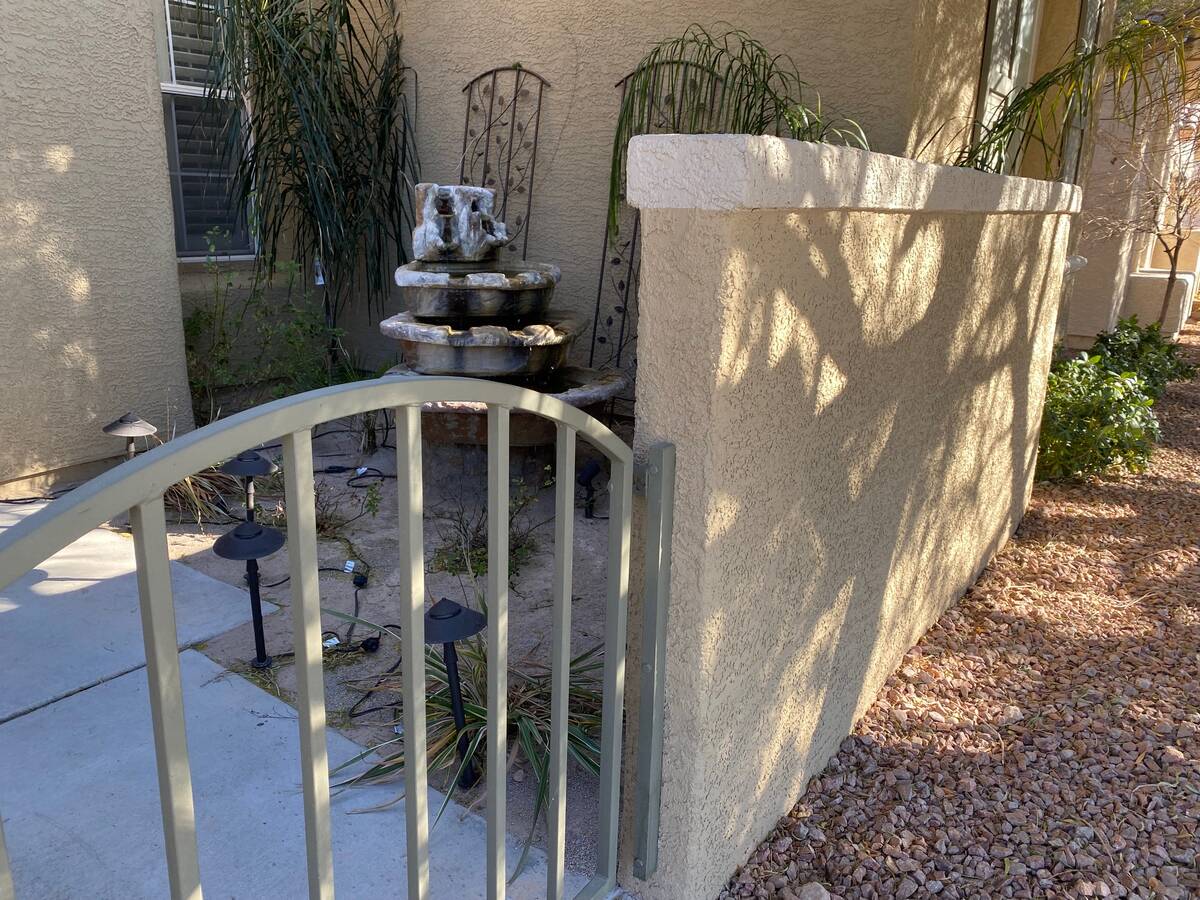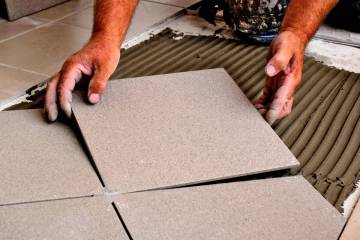Several products will anchor objects into concrete wall
Q: On the side of my house, I have an iron gate that has been pulled out of the block wall and a chunk of the block came out with it. Do I have to replace the entire damaged block? And if so, how can I remove it?
A: I don’t think I want to know how you ripped a chunk out of your block wall, but I’ll bet you’re not tall and skinny like me.
Most gate damage occurs at the latch side. Since many have self-closing hinges, people walking through them swing them open and let them slam closed. Over time, this loosens the latch and it will need to be repaired. Many landscapers and pool service companies have allowed me to stay employed performing just this service. God bless ’em.
There are several products that will anchor objects into concrete. Quikrete makes an anchoring cement that will reach a pull-out strength of more than 12,000 psi after only 24 hours.
You can vary the consistency of the mixture by adding or reducing the amount of water in the mix. Since you will be working on a vertical surface, you will want the mixture to be more stiff and puttylike so it doesn’t just run out of the hole.
If the void in the block is small enough, you might try the gambit of anchors to see if you can avoid refilling the void. You might be able to drill a larger hole in the block and use a large anchor.
If you need to fill the void, mark the location where the anchor goes. You can use two pieces of tape and place one vertically above the hole and the other piece horizontally to the side of the hole. You can follow the lines from the tape to align your anchor.
You may have to enlarge the hole for the cement to properly hold. The depth of the hole should be at least 2 inches, and the diameter of the hole should be at least three times the diameter of the anchor (a minimum of an inch). You can use a cold chisel and a hammer for this — just make sure you wear safety glasses.
When the hole is the right size, vacuum out the hole to remove any debris and loose dirt. Use a spray bottle and lightly mist the hole where the mix will go.
Add the water to the dry mix and stir it up until it is thick and blended. Stuff the mixture into the hole with a trowel.
The block you are working on may be hollow or it may have been filled when the wall was built. If the block is hollow, you will have to stuff in a little more of the mixture.
Place the anchor into the mixture and pack everything tight until the mix is flush with the surface of the block. You will want to hold the anchor in place until the mix begins to harden. The time this takes will depend on the amount of water you used to mix the batch; more water means it will take a little longer.
Mike Klimek is a licensed contractor and owner of Las Vegas Handyman. Questions may be sent by email to handymanoflasvegas@msn.com. Or, mail to 4710 W. Dewey Drive, No. 100, Las Vegas, NV 89118. His web address is www.handymanoflasvegas.com.
Do-it-yourself
Project: Anchors in a block wall
Cost: Under $20
Time: 1-2 hours
Difficulty: ★★





























